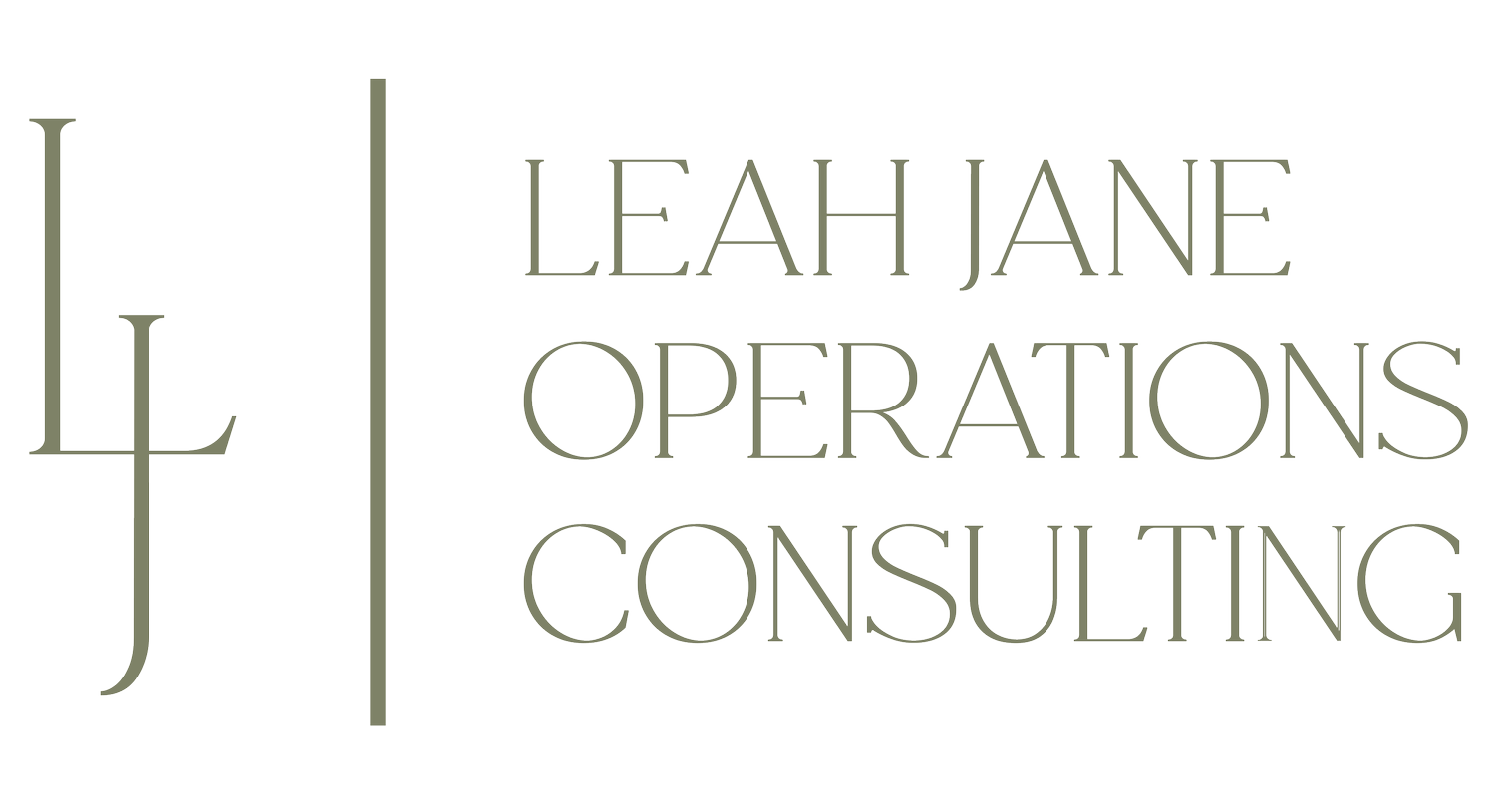The Hidden Costs of Poor Operations: How Inefficiencies Affect Your Bottom Line
In today’s competitive business environment, operational efficiency is no longer just a “nice-to-have”; it’s a necessity. Yet, many businesses operate under the assumption that if their processes aren’t visibly broken, they’re functioning just fine. Unfortunately, poor operations may not always manifest in obvious ways, but the hidden costs they incur can significantly impact your bottom line.
Let’s take a closer look at how inefficiencies quietly eat away at your profits and what you can do to address them.
1. Wasted Time
Time is one of the most valuable assets in any business, and operational inefficiencies can turn it into one of the most wasted resources. Processes that are overly complex, unstandardized, or bogged down by bottlenecks can slow productivity to a crawl. Employees end up spending too much time on tasks that should be simple, ultimately reducing the overall output of the company.
Example:
Consider a manufacturing company where workers spend an extra 15 minutes per task due to outdated equipment or lack of training. This seemingly small delay can add up to hundreds of lost hours over time, leading to missed deadlines, overtime costs, and decreased capacity for new orders.
Solution:
Conduct regular process reviews and invest in training and the right technology to ensure tasks are being completed as efficiently as possible.
2. Increased Labor Costs
When inefficiencies persist, businesses often throw more labor at the problem in an attempt to maintain productivity levels. However, this leads to increased payroll expenses without solving the root cause of the inefficiency.
Example:
A retail company might hire more staff during peak times because checkout processes are slow, rather than addressing the underlying issue of outdated point-of-sale systems or insufficient training. While this may keep lines moving in the short term, it creates a long-term burden on the payroll.
Solution:
Rather than increasing headcount, focus on optimizing the workflows. Automation, updated systems, and cross-training employees can improve efficiency without raising labor costs.
3. Lower Employee Morale
Poorly managed operations don’t just affect the company’s finances—they also take a toll on employee morale. When employees are forced to deal with unclear processes, insufficient resources, or redundant tasks, frustration builds. Over time, this leads to disengagement, decreased productivity, and higher turnover rates, all of which are costly to a business.
Example:
A customer service team might face frequent complaints due to disjointed communication between departments. This inefficiency leads to longer resolution times, angry customers, and stressed-out employees who feel unable to do their jobs properly.
Solution:
Improving communication channels and clearly defining roles can go a long way in reducing frustration and boosting morale. Additionally, involving employees in process improvement discussions can help identify issues you might not see from the top.
4. Customer Dissatisfaction
Poor operations often lead to inconsistent service or product quality, which directly affects the customer experience. If your business is unable to meet customer expectations due to delays, mistakes, or insufficient support, customers will look elsewhere. This can damage your brand’s reputation, decrease customer retention, and ultimately hurt your revenue.
Example:
A restaurant might face operational inefficiencies in the kitchen, causing long wait times and incorrect orders. Over time, this leads to negative online reviews and fewer repeat customers, impacting the business’s profitability.
Solution:
Regularly review customer feedback to identify areas for improvement. Optimizing the supply chain, improving order processes, and refining customer service training can help keep customers satisfied and loyal.
5. Higher Operational Costs
Inefficient operations often result in unnecessary expenditures, from excess inventory costs to wasted materials. These inefficiencies can be hard to spot without a clear operational strategy in place, but over time, they accumulate and strain your finances.
Example:
A wholesale distributor might consistently overstock certain items due to poor demand forecasting, leading to high carrying costs and wasted resources on unsellable inventory.
Solution:
Adopt lean inventory practices and use data analytics to predict demand more accurately, reducing unnecessary stock and cutting costs.
6. Missed Growth Opportunities
Perhaps one of the most detrimental effects of poor operations is the opportunity cost. When a company is mired in inefficiencies, it often lacks the bandwidth to focus on growth and innovation. Resources that could be used to develop new products, enter new markets, or improve customer acquisition are instead wasted on fixing internal issues.
Example:
A tech company may spend too much time and money on manual data entry and administrative tasks, leaving little capacity to innovate or scale. As competitors move ahead with automation, the company falls behind.
Solution:
Invest in process optimization and automation to free up time and resources for strategic initiatives that drive growth.
How to Address Operational Inefficiencies
Recognizing the hidden costs of inefficiencies is the first step to solving them. Here are a few ways to start:
Process Audits: Regularly review and map out your processes to identify bottlenecks, redundancies, and inefficiencies.
Leverage Technology: Implement software tools that streamline workflows, reduce human error, and automate routine tasks.
Employee Training: Ensure your team is properly trained and empowered to work efficiently.
Data-Driven Decisions: Use data analytics to monitor key performance indicators (KPIs) and make informed decisions about where to improve.
Conclusion
The costs of poor operations can be invisible, but they are very real. By addressing inefficiencies head-on, you not only save money but also create a more productive, satisfied workforce and a better experience for your customers. The result? A healthier bottom line and a stronger business that’s ready for long-term growth.
Is your business running as efficiently as it could be? Reach out today to learn how working with me can help to improve efficiency and increase profits.
